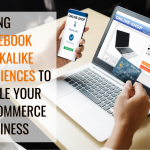If you’ve spent any time online in the last few years, then chances are you’ve heard of Facebook’s targeted ads.
These are the ads the pop up in your newsfeed or along your sidebar –the ones that give you the distinct feeling of déjà vu. Usually, they’ll consist of things that you were looking at online, some shirts, maybe –or a flight you were thinking about booking. Sometimes even items that you ended up purchasing –will still make their way into your feed.
The fact is that Facebook’s targeted ads are an extremely powerful tool that allows marketers to reach a specific audience –in some cases, very specific. In fact, as marketing pro Brian Swichkow proved –you can create ads that are designed to target an audience of just one –an experiment that ended up convincing his unfortunate target –and roommate that he was being cyber-stalked!
When done correctly, though, these ads won’t elicit uncanny feelings or come across as stalker-like behavior. Instead, the best targeted ads will serve as a friendly reminder; making you pause for a minute or prompting you to go ahead and finish that purchase.
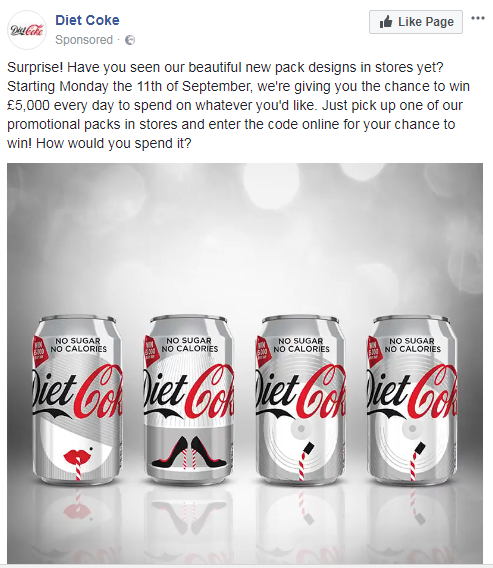
If you’re a business owner or startup, Facebook ad targeting is a tremendous tool that you have at your disposal; one that allows you to create targeted messages. Because of the ability to customize your approach for different people, you can create ads that are more effective –improving your conversion rate.
Considering that Americans spend an average of 40 minutes of their day on this giant social network, mastering Facebook targeting will help you to get your products or brand in front of a very specific audience –one that’s interested in what you have to offer.
But as is the case with most things, not all targeting strategies are created equal. If you’d like to get the most out of your strategy, and the best bang for your advertising buck, then you’re going to want to ensure that you know what you’re doing when you design your ad campaign.
With this in mind, let’s take a look at everything you need to know to get started with Facebook ad targeting, and see how you can create a powerful campaign that will yield the results that you’re hoping for.
Let’s dive in!
Different Audiences
First, let’s take a look at some different ways that you can categorize your audience.
Facebook uses a number of data points that you can use to create target ads, including:
- Location
- Age
- Generation
- Gender
- Language
- Education level
- Field of study
- School
- Income and net worth
- Home ownership and type
- Users who have an anniversary within 30 days
- Users who are away from family or hometown
- Users who are friends with someone who has an anniversary, is newly married or engaged, recently moved, or has an upcoming birthday
- Users in long-distance relationships
- Users in new relationships
- Users who have new jobs
- Users who are newly married
- Users who have recently moved
- Parents
- Mothers, divided by “type” (soccer, trendy, etc.)
- Users who are likely to engage in politics
- Users who plan to buy a car (and what kind/brand of car, and how soon)
- Users who work in management or are executives
- Users who own a gaming console
- Preference in TV shows
- Users who use a mobile device (divided by what brand they use)
- Types of clothing user’s household buys
- Users who spend money on products for kids or pets, and what kinds of pets
- Users whose household makes more purchases than is average
- Users who tend to shop online (or off)
- Types of restaurants user eats at
- Kinds of stores user shops at
Facebook has loads of data points that you can use to create a strategy that will allow you to target a very specific type of user; which will help you to ensure that your message is reaching the audience that it’s intended for; one that’s interested in what you have to say.
Making Your Retargeting Campaign a Success
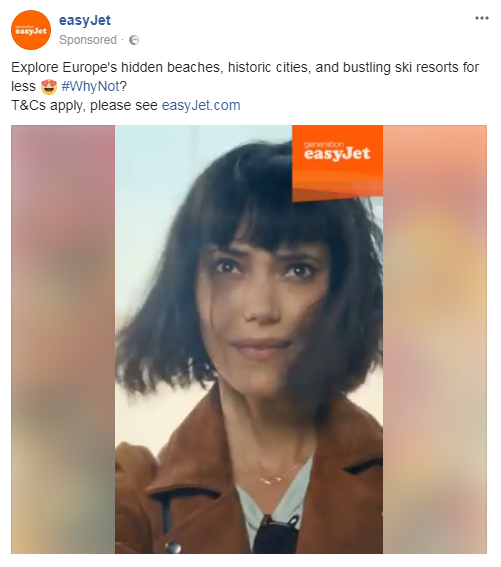
If you’re hoping to get the most out of your retargeting campaigns, then you’re going to want to put yourself in your customers’ shoes for a minute. You need to figure out how you’re going to get your audience’s attention and find a way to encourage them back into your sales funnel.
Before you begin creating your ad, ask yourself what your campaign goals are. Who do you want to target, and what would you like to encourage them to do? Maybe you want to target those who were interested enough to look at your products, but haven’t gone through with a purchase.
These prospective customers may be able to be reached with an ad that includes a discount code. For those who have full shopping baskets, but haven’t completed their order, consider retargeting them with an ad informing them that their shopping basket is going to expire soon.
Once you have a clear idea about who you are targeting, and what you can do to get your audience’s attention, you’ll have a better idea about the type of ad that you should create to reach your objectives.
Create Your Campaign: Using Facebook Custom Audiences
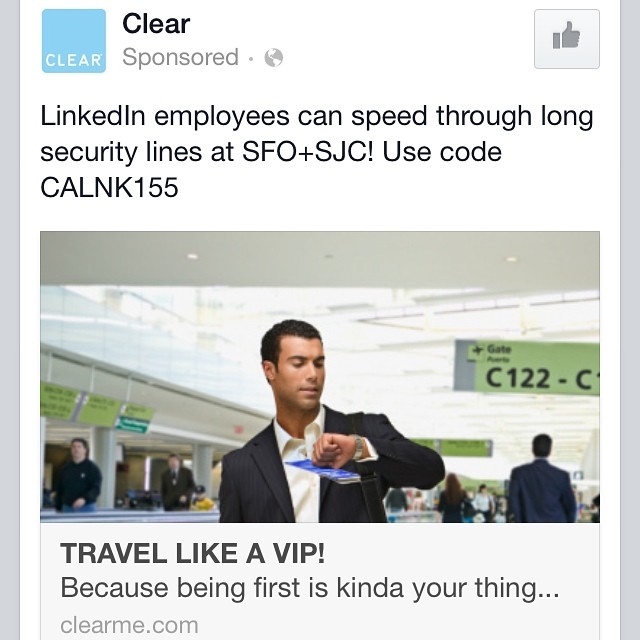
Ready to set up your own Facebook retargeting campaign?
First, make sure you have a Facebook account for business ads. Next, follow these five simple steps to create your own campaign using Facebook’s Custom Audiences.
Log Into Facebook Ads Manager and Choose Your Objective
Start by logging into Facebook Ads Manager. Then, choose your objective. Go ahead and pick whichever one you feel is most in line with your campaign goals –conversions, brand awareness, or traffic are always good.
Click Create a Custom Audience
Once you’ve selected your campaign goals, Facebook will walk you through the process of setting up the ad.
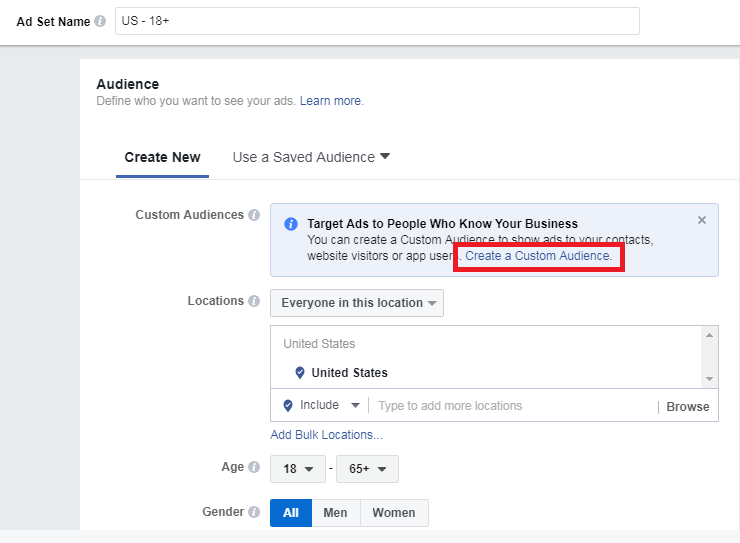
Select Website Traffic
Next, you’ll have an option to choose how you create your custom audience. If you’d like to create an audience based on visitors to your website, click ‘Website Traffic.’
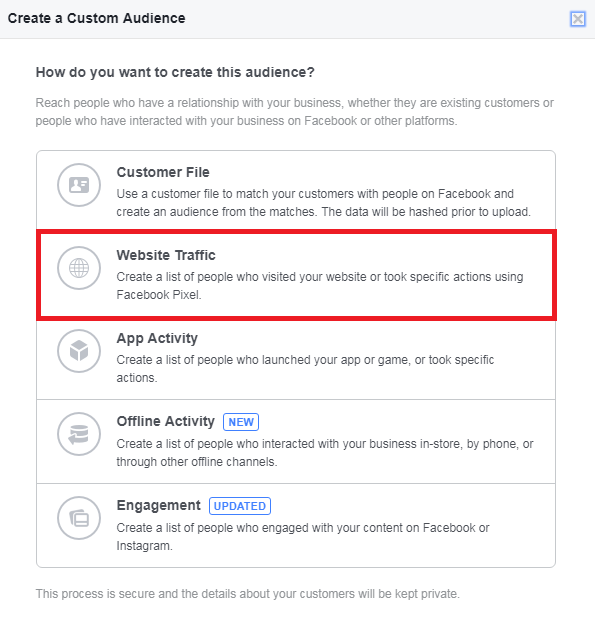
This will allow you to set up a campaign to target people who visit your website.
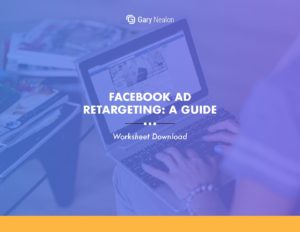
Get our Facebook Ad Retargeting Worksheet delivered right to your inbox.
Select Your Target Audience From the Dropdown Menu
Next, you’ll be taken to a screen that will allow you to create your audience.
You have the option to choose from the following:
- All website visitors
- People who visited specific web pages
- Visitors by time spent
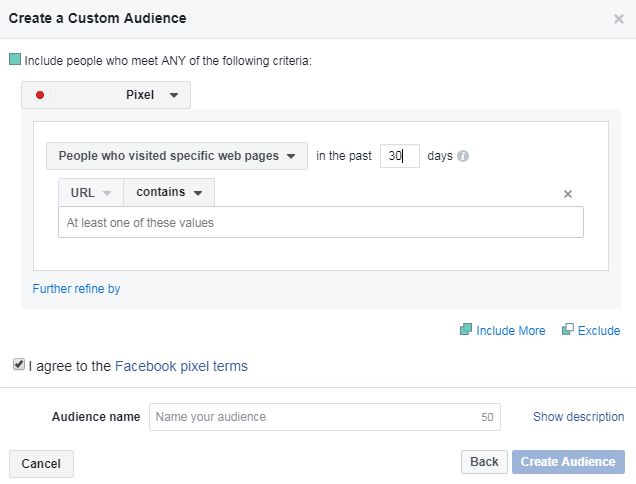
Keeping your campaign goals in mind –choose the option that will give you the best way to reach your audience. For example, you could choose ‘All website visitors,’ then put in the link to your blog. This is a good option if you’re looking to create an ad that, say, promotes opt-ins to everyone who has visited the blog.
Or, you could get even more targeted and choose ‘People who visited specific web pages,’ enter a sales page, and then create an ad that prompts visitors to buy that product. There are a lot of different directions that you could go with this, so be creative, and try to think about who you are targeting and how you can speak to them.
Get Your Pixel Code and Put It On Your Website
Almost done! Now it’s time to get what’s known as your pixel code. This is your tracking code that you will need to put on your website in order to track your visitors. It’s known as a pixel code because it’s a 1×1 transparent pixel –invisible to visitors, but when a visitor navigates to that particular place on a webpage or takes a particular action, their movement will be tracked.
Get your pixel code by heading over to the Audiences section of Ads Manager. There you’ll find your new campaign. Select it and then click on ‘Actions’ and ‘View Panel’ in the dropdown menu.
Grab your pixel base code, and then place it on your website, or have your developer do it for you. If you’re not sure how to do this, have a look at these instructions. There’s also an option to have Facebook email your developer with instructions for installing the code.
Now, you’re ready to roll!
Facebook Custom Audience: Strategy Ideas
There are many different ways that you can use retargeting to engage visitors to your website on Facebook. Here’s a look at a few different strategies that you can use when using Facebook’s Custom Audience tool:
- For Opt-Ins: Target visitors who have seen your landing page but didn’t opt in by creating ads to remind them about your free content.
- For Sales: Target visitors who have been on your product pages, but didn’t buy by creating ads to remind them of the product that they were looking at. Consider offering a discount coupon or directing them to a page of testimonials that has a buy button on it.
- For Likes: Target people who have been on your blog with an ad encouraging them to like your page.
Facebook Lookalike Audiences
But wait, there’s more! Lookalike Audiences another tool that Facebook offers. This is an excellent way to target people that you don’t know about, but who share your target audience’s interests.
Put simply, a Lookalike Audience is a group of users that Facebook compiles because they seem similar to one of your existing groups. For instance, if you have a list of subscribers or a list of customers who have paid for your products or services, you can take the list of their email addresses, and upload them to Facebook.
Facebook will then attempt to find users who are connected to those email addresses. They will do this by compiling information about those users; their demographics, interests, and more, and use it to find other users who are similar. The result is your Lookalike Audience –a list of people who are highly likely to convert.
Keep in mind that in order to create a Lookalike Audience, you’ll need to have at least 100 email addresses already for Facebook to work from. The more, the better. You’ll also need to have already created a Custom Audience as well.
To Begin:
- Go to Ads Manager
- Select Tools > Audiences
- Click Create Audience
- Select Lookalike Audience
- Choose a customer group
- Next, choose the size of your audience and your target country
As Facebook says, “A smaller audience will have more similarities with your source customer group. A larger audience will be less precise, but will offer you more reach,” so keep your campaign goals in mind and choose accordingly.
It will take Facebook 6-24 hours to create your Lookalike Audience. Check its status by clicking the Audience tab in the Ads Manager.
Once your list is ready:
- Go to Ads Manager
- Select Tools > Audiences
- Select your Lookalike Audience and click ‘Create Ad’
- Then, create your ad!
- The audience will be pre-populated with your Lookalike Audience.
Using Lookalike Audiences is a great way to extend your campaign’s reach, and allows you to target people who have a high likelihood of being interested in what you have to offer.
Image: https://adquadrant.com/mobile-app-install-advertising/
Narrowing Down Your Audiences
Unless you have an unlimited advertising budget, you’ll want to keep your target audiences smaller, and ideally, as precise as possible.
When creating a Custom Audience, consider using AND targeting options. This means that a person in your target audience must fall into multiple categories; helping to decrease your audience size. You can also choose to exclude people from your audience to refine your audience even more.
For example, you might choose to exclude people in a certain location or age bracket. You may also want to use this option to exclude past convertors from your general audience. This is a good way to help ensure that you’re not showing ‘buy now’ ads to people who have already purchased from you.
Here’s how you can narrow down your Lookalike Audience or Custom Audience:
- Select a Custom Audience or Lookalike Audience
- Add interest or demographic -based targeting options
- Click the ‘Exclude’ or ‘Include More’ buttons to further refine your audience
Test Everything
Finally, you’ll want to make sure you test the success of your campaigns. Consider running A/B tests on your ads, seeing which type of ads, what size, and which content works the best. Be sure to swap out ineffective ads. You’ll also want to test your prospects.
If your campaign is continually performing poorly, it may be a good idea to get rid of those leads and to focus on warmer prospects that are a bit lower in the sales funnel. Stop wasting time and money on visitors that won’t convert.
Get Started!
While this overview covers the basics, I hope that it will help you to get off to a great start. Don’t forget to take a look at techniques that your competitors are using, and read up on Facebook ad best practices as well. Check with experts to see what they’re doing –and, if there’s room in the budget, enlist the help of a designer and copywriter.
Then continue to test, refine, and update your strategy for the best results!

Get our Facebook Ad Retargeting Worksheet delivered right to your inbox.

